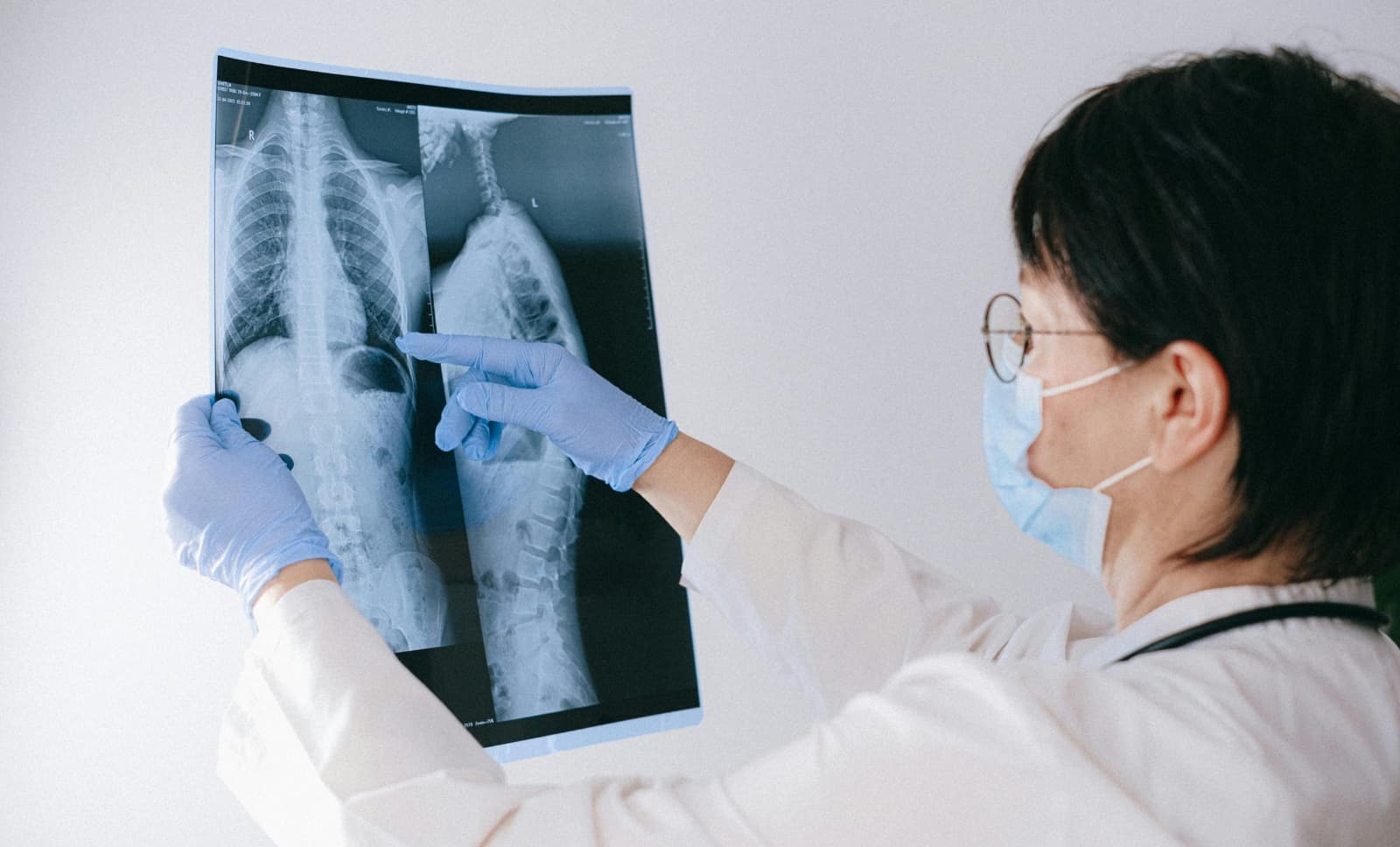The Perils of a Leaky Ear
By Mr Hobson, Consultant ENT, Head, Neck, & Thyroid Surgeon
Posted 01 October 2020
5 Minute Read

Tags:
- Early Case Assessment
- Early Intervention
- Missed Red Flags
- ENT Expert Witness
- ENT Negligence
Expert Disciplines:
- General Practice (GP)
About The Author

Mr Hobson
Consultant ENT, Head, Neck, & Thyroid Surgeon
Mr Hobson is a Consultant ENT, Head and Neck, and Thyroid Surgeon at Manchester University Foundation Trust. He provides medico-legal opinions in medical negligence cases covering general elective and emergency ENT, including screening and court reports. He also assists with personal injury claims involving ENT issues such as road traffic accidents, tinnitus, and noise-induced hearing loss.
From the Blog
Related Articles

Gain crucial insights on complex consent and surgical risks in paediatric spinal cases to strengthen your clinical negligence claims and better support vulnerable patients and their families.

Gain insights into consent, causation, and breach in complex paediatric spinal claims. A must-read case study for clinical negligence solicitors navigating high-risk surgical decisions.
Thank you for your request!
We will get back to you as soon as possible.
